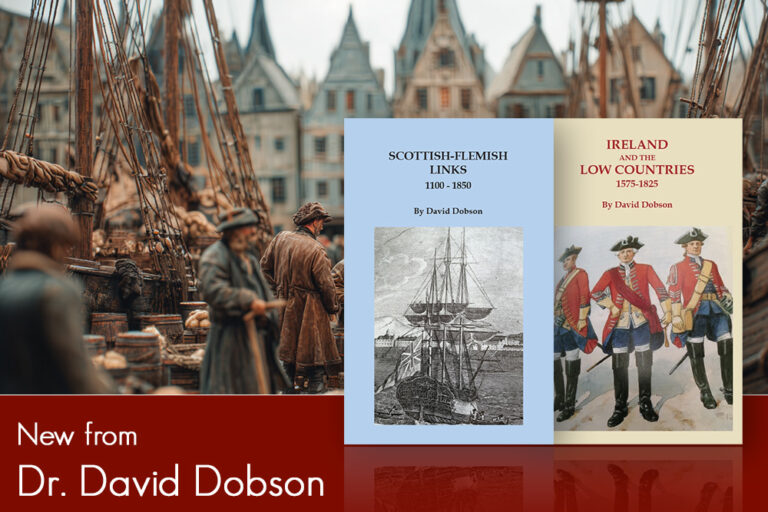
Three Stumbling Blocks in Every Research Project: Objectivity, Presentism & Truth – By Elizabeth Shown Mills, CG, CGL, FASG
Since 2007, Evidence Explained: Citing History Sources from Artifacts to Cyberspace has been the “Bible” for history researchers—offering not only citation models but also guidance in the analysis and use of sources. In this current blog series we are offering excerpts from Chapters 1 and 2 of EE’s fourth edition: Fundamentals of Research & Analysis, and Fundamentals of Citation & Style. Today’s post is the fourth of four.
(EE4 § 1.7, 1.11, 112)
Stumbling Block 1: Objectivity:
As history researchers, we are also biographers studying individual lives for many reasons. Whether our fascination with a person is born of respect or revulsion, the more we pursue our subject, the more difficult it is to be objective. Even so, no one should be a hero or a devil to his biographer. If our reconstruction of the past is to be credible, our devotion can be only to the evidence itself, and the direction in which that evidence takes us is the one we must follow. Our role is neither defender nor prosecutor. Our objective is not to promote any certain image or stance—only to discover and explain.
Stumbling Block 2: Presentism
Interpreting the past by present standards—an approach we call presentism—cannot coexist with objectivity and sound evidence analysis. Past societies lived under signficantly different circumstances; they followed different laws and standards, spoke in different terms, and defined ethnicity differently. When we evaluate and interpret records of past times and other places, we must do so in the context of their ideology, not ours. When we record our findings, we should not alter the language of the records. If we do, odds are we will change the original intent and distort our portrayals.
As an example, consider the pre–1840 U.S. censuses that enumerate a category of citizens called “free people of color.” That category included not only African Americans (full and part) but also Native Americans (full and part) and other ethnicities popularly viewed as something other than “white.” If we replace the label “free people of color” with terms common to our era—say, African American or Black—we will skew statistics and alter many individual identities.
Similarly, historical records such as free papers, court testimonies, and vital registrations denote color, ethnicity, mental and physical illness, or religious affiliation, using words that are considered inappropriate today. Each word, however, carries meanings particular to its era, and each is an identifier just as valuable as a personal name.
As history researchers, we should preserve the evidence intact. Yes, our calling requires us to interpret — buy the evidence, in both our research notes and our citations, must remain unwarped. Our analyses must view that evidence through the eyes of the society that created it, not with those of our present world.
Stumbling Block 3: Truth
Historian Robert Winks cautioned that The past was real, but truth is relative. It is also intangible and indefinable. Unlike Justice Potter Stewart’s famed definition of obscenity, we cannot say, “I’ll know it when I see it.” We won’t. Historical truth is physically pliable. We begin every research project with a vision of that pot of truth awaiting us at the rainbow’s end. When we reach that end, we have only a mound of dough—dough that will have been manipulated, stretched, shaped, and flavored by our own experience and standards.
The principles covered in the rest of this Chapter One—and the practices explained in the rest of this manual—are designed to help history’s truthseekers leaven, knead, and bake their dough into something that resembles probability.
Robin Winks, The Historian as Detective: Essays on Evidence (New York: Harper Colophon Books, 1968), 39.
2 Jacobellis v. Ohio, 378 U.S. 184, 197 (1964).




